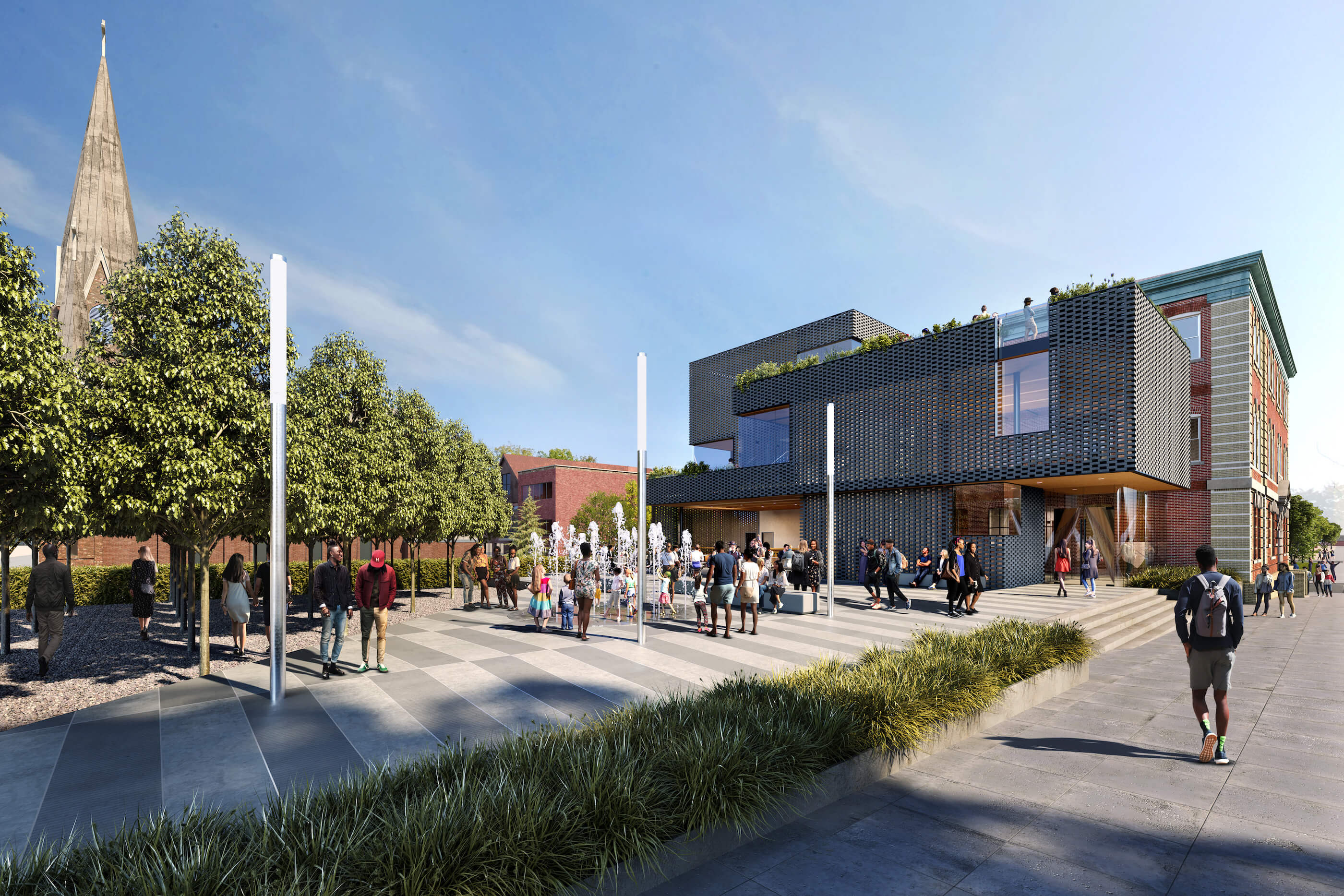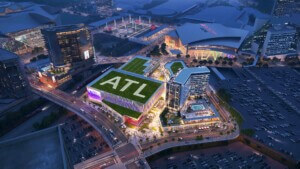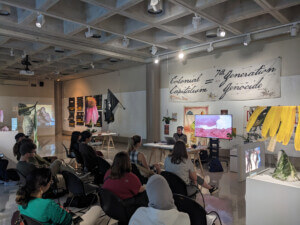On July 12, 1967, during a summer where American cities were rocked by a series of race riots from Birmingham to Buffalo and over 150 points in between, a Black cab driver in Newark, New Jersey, named John Smith was violently dragged from his car and beaten by two white police officers from the city’s Fourth Precinct. The grievously injured Smith was then arrested and jailed on charges of assault. When word of the brutal incident spread, Black residents of the already tense city came together at the precinct to protest. The following day, however, the once-largely peaceful demonstration devolved into a destructive melee of looting, vandalism, and police-perpetrated violence that lasted five days.
The city burned. When the smoke cleared, 26 people had lost their lives, hundreds were injured, and Newark’s Black community was left in tatters. Not only one of the largest and deadliest examples of civil unrest during the so-called long, hot summer of 1967, the riots also accelerated Newark’s protracted, disinvestment-driven decline.
In observation of the 54th anniversary of the events of July 1967, yesterday Newark Mayor Ras J. Baraka publicly unveiled plans for the Newark Community Museum, which will be focused on social justice and community activism. The new institution will be located in the very same building that acted as the flashpoint for what’s contemporarily known as the Newark Rebellion: the city’s infamous Fourth (now First) Precinct.
“There is a negative history in that building,” said Baraka in a statement. “We are going to set it on a course of positivity.”

Designed by Gensler, the Newark Community Museum will, per a press release, serve as “a place where Newark residents’ movement for justice and celebration of life will be on permanent display.” Specifics are still being ironed as part of a planning process led by City Historian Junius Williams and a Museum Advisory Committee (MAC). Newark residents will also play a formative role in realizing the museum, which is intended to “chronicle local activism and positive police changes.” To that end, they’ll be asked by the museum to donate their own personal effects that “portray a story of resistance to injustice, and stories of people’s struggle for justice.”
The search for a permanent museum director is currently underway.
Once the Newark Police Division has vacated the property and the conversion of the three-story, 10,000-square-foot building on 17th Avenue into a museum is complete, a secondary tenant, the city’s Office of Violence Prevention and Trauma Recovery, will also move in. The office was established in June of 2020 in the wake of the killing of George Floyd in Minneapolis and will be initially funded by 5 percent of the Public Safety budget, or roughly $12 million. “It is officially part of the public service architecture, like any other social service we are duty-bound to offer,” said Baraka when the ordinance creating the office was passed by the Newark City Council. That announcement was made on the steps of the First Precinct.

“Re-imagining the Precinct building where the Newark Rebellion began will remind us of our city’s history of fighting for justice while building a future where violence is seen as a public health issue in which policing is only one part of the solution,” said Baraka at yesterday’s unveiling, held at his former place of employment, Newark Central High School. “The museum will enable residents to both record Newark’s history and see it directly.”
Joining Baraka, Williams, and other community stakeholders at the presentation-ceremony was Roger Smith, design director of Gensler’s Morristown office who is leading the project design team. (The office is also helming the city’s massive Gateway redevelopment project.)
“This museum is designed to showcase Newark’s rich history and provide a multi-generational space for the community to share their stories, learn, and heal,” said Smith. “The design was enriched by multiple discussions with the community around how the museum could best reflect their aspirations and inspire hope for the future.”
The museum’s design concept, which incorporates ideas generated by the MAC and Newark community members, was shaped during the three-phase, Spring 2021 Shaping the Future of Cities studio led by Smith at the New Jersey Institute of Technology’s Hillier College of Architecture and Design.
The transformation of the First Precinct into the Newark Community Museum and the headquarters for the Office of Violence Prevention and Trauma Recovery, which also entails the construction of a new addition to the brick building, is slated to be completed next fall.
Under Baraka’s leadership, Newark has enacted incremental, court-ordered police reforms—structural reforms put in place under a federal consent decree and based largely on retraining efforts—that have proven fruitful. In 2020, members of the Newark Police Division didn’t fire a single shot from a firearm or pay to settle a police brutality case. Still, the collective trauma in a city with a deep legacy of police brutality and racism is palpable; major issues with policing in Newark still exist. But the transformation of a building that for many Newark residents represents violence and oppression into a place of learning, listening, and recovery is symbolic of a community, that despite the seemingly insurmountable odds, has risen above.











